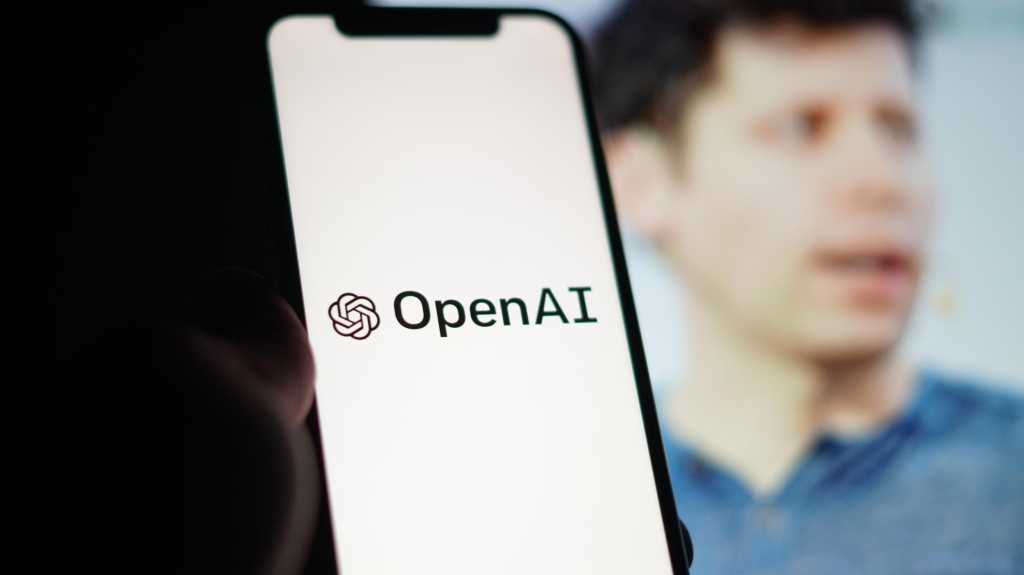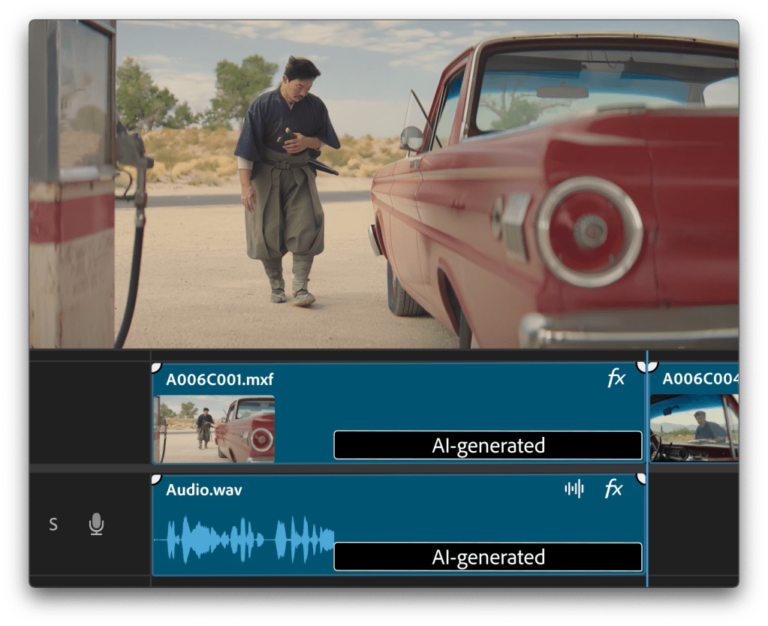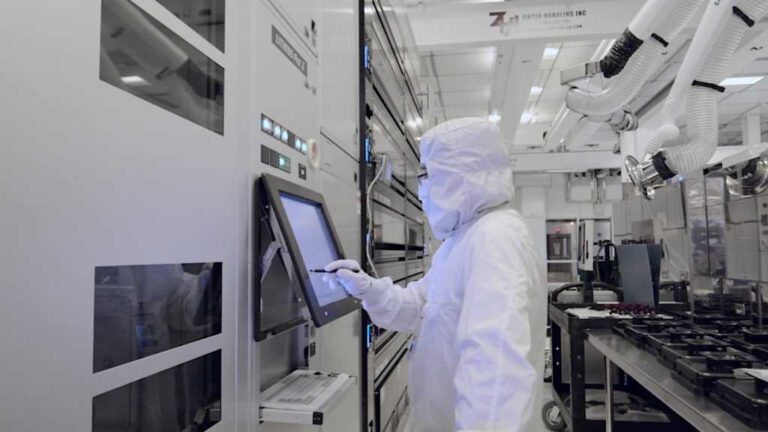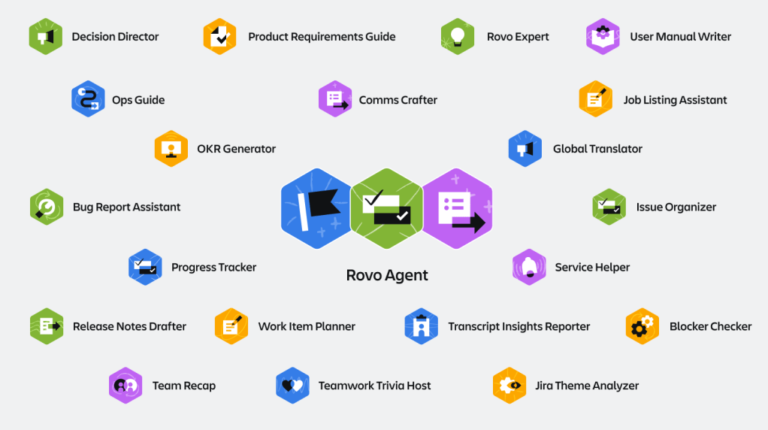Microsoft’s AI research VP joins OpenAI amid fight for top AI talent
Sebastien Bubeck, Microsoft’s vice president of GenAI research, is leaving the company to join OpenAI, the maker of ChatGPT.
Bubeck, a 10-year veteran at Microsoft, played a significant role in driving the company’s generative AI strategy, with a focus on designing more efficient small language models (SLMs) to rival OpenAI’s GPT systems.
His work culminated in the creation of the compact and cost-effective Phi models, which have since been incorporated into key Microsoft products like the Bing chatbot and Office 365 Copilot, gradually replacing OpenAI’s models in specific functions. His contributions helped enhance AI efficiency while reducing operational costs.
Microsoft confirmed the news but has not disclosed the exact role Bubeck will assume at the AI startup, Reuters reported.
“We appreciate the contributions Sebastian has made to Microsoft and look forward to continuing our relationship through his work with OpenAI,” Reuters reported quoting a Microsoft statement. Most of Bubeck’s co-authors on Microsoft’s Phi LLM research are expected to remain at the company and continue advancing the technology.
Bubeck is expected to contribute his expertise toward OpenAI’s mission of developing AGI, which refers to autonomous systems capable of outperforming humans in most economically valuable tasks, the report added.
Bubeck’s move comes as OpenAI focuses on achieving artificial general intelligence (AGI), a key goal for the company. As per the report, while Microsoft has heavily invested in OpenAI, the company expressed no concerns about Bubeck’s departure.
“Sebastien Bubeck leads the Machine Learning Foundations group at Microsoft Research Redmond. He joined MSR in 2014, after three years as an assistant professor at Princeton University,” reads the profile of Bubeck in the yet-to-be-removed “About” page of Microsoft.
Bubeck’s X profile still shows him as “VP AI and Distinguished Scientist, Microsoft.”
Queries to Microsoft, OpenAI, and Bubeck did not elicit any response.
The great migration at OpenAI
Sebastien Bubeck’s departure from Microsoft to join OpenAI adds to a growing list of high-profile executive shifts in the AI industry, underscoring the intense competition for top talent as tech giants race to develop artificial general intelligence (AGI). While talent mobility is common in the fast-evolving AI landscape, OpenAI has been hit particularly hard with several key figures leaving in recent months.
Of the 11 founding members of OpenAI, only CEO Sam Altman and Wojciech Zaremba, head of the Codex and Research team, remain with the company. In September, Mira Murati, OpenAI’s high-profile CTO, stepped down, followed by co-founder John Schulman, who left to join Anthropic—a public benefit corporation focused on ethical AI development. These exits came on the heels of the departure of another co-founder, Ilya Sutskever, who resigned earlier this year to start his own venture, Safe Superintelligence Inc (SSI), dedicated to developing responsible AI systems.
Earlier in the year, Jan Leike, another leading OpenAI researcher, also left to join Anthropic, publicly expressing concerns that OpenAI’s “safety culture and processes have taken a backseat.” This wave of exits has raised questions about the company’s internal dynamics as it navigates the highly competitive AI landscape.
Despite these setbacks, OpenAI and its key collaborator, Microsoft, remain steadfast in their pursuit of AGI. Microsoft, which has heavily invested in OpenAI, has integrated its AI technology into core products like Bing and Office 365, while OpenAI continues to push the boundaries of AGI development.
“Leaders at big tech companies have either explicitly stated or signaled that they are deliberately working towards AGI,” said Anil Vijayan, partner at Everest Group. “There’s clearly strong belief that it will end up in a winner-take-all scenario, which is heating up the race to be first to the post,”
The race to AGI has intensified the demand for top-tier AI talent, with larger companies having a clear advantage. “We will see these handful of executives move between the big tech companies that can afford to attract high-profile AI executives. Smaller organizations and startups will struggle to retain high-quality AI talent,” Vijayan said.
For executives, the allure of AGI goes beyond compensation. “Top-tier talent is likely to be attracted by alignment to vision, stated goals, and the chance to be part of history — whether that’s AGI or otherwise,” said Vijayan.
This explains why many top AI professionals gravitate toward companies like OpenAI and Anthropic, which push the boundaries of AI and AGI development.
As the AI landscape continues to evolve, the talent war will likely shape the future of AGI, with big tech companies remaining at the forefront of the race.







